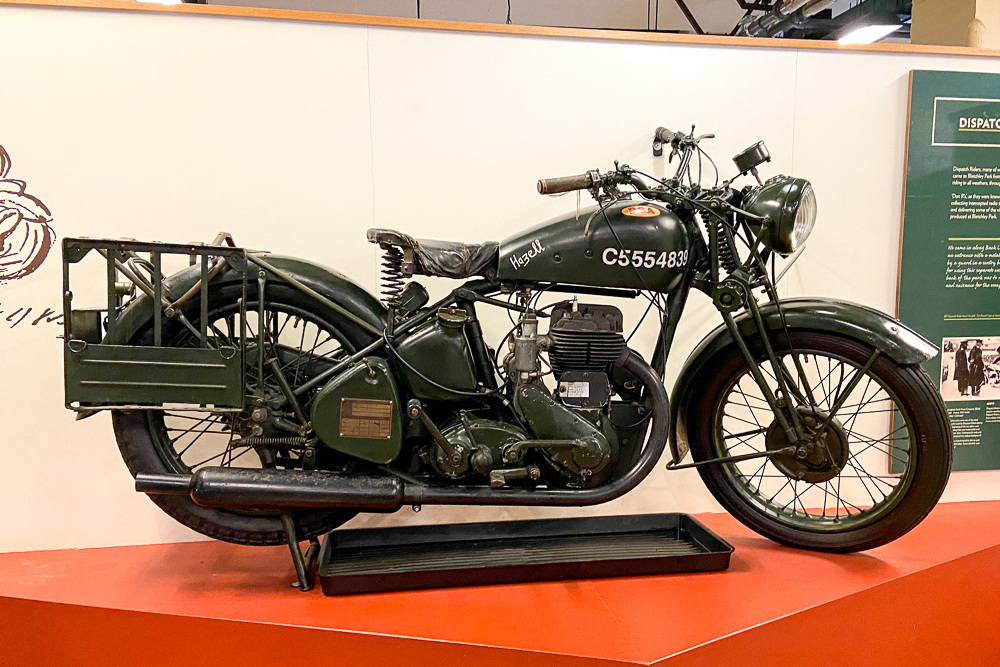
It’s June 6, 1944, the height of the second world war. It has been an hour since you departed the coastal county of Kent in England, having picked up a satchel full of documents from the Y stations. Guided only by the moonlight, you and your trusty 496cc BSA WM20 travel up the country as swiftly and as stealthily as you can. Headlights off, of course, as you never know when the Luftwaffe may be overhead.
Some 150km away in the French town of Calais, German troops have sat waiting after coming in from surrounding detachments. Intelligence showed an imminent attack on Calais by the Allied forces, but it never came.
Word comes through from the higher-ups. The commandant in Seine-Somme has received news that the allies have landed much further south than the German intelligence said they would. As remarked, the “situation is still confused.”
You arrive at your destination, having recorded your motorcycle odometer with the guard on duty. Little do the Germans know that the British received the same message, thanks to the documents you handed over.
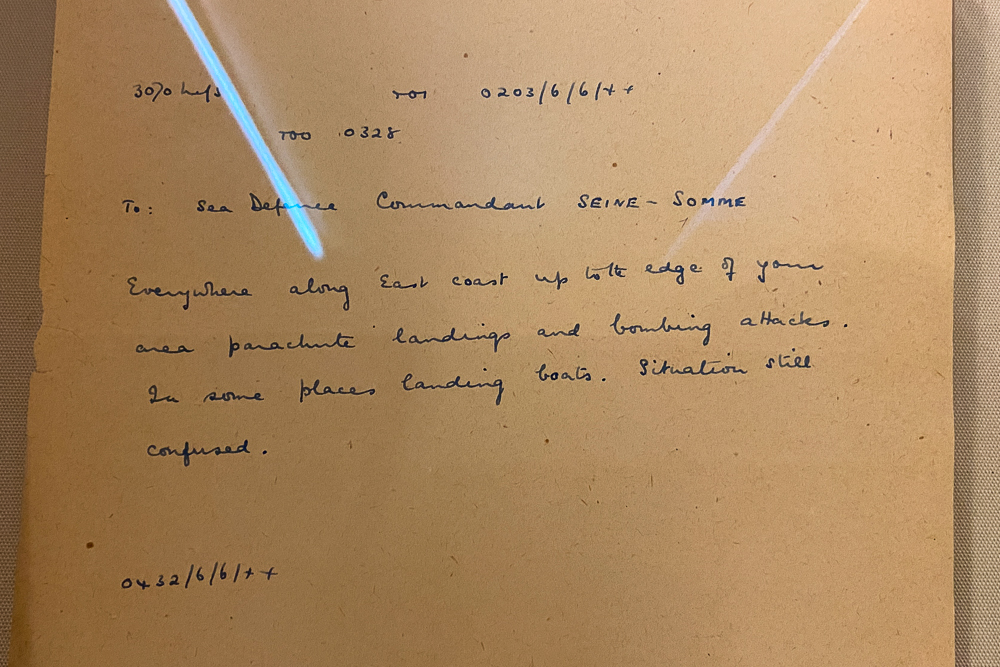
In battle, information is key. If the enemies knew of the commands and the messages your forces send, it can be trivial to one-up the strategy just by knowing your next movements. To avoid that from happening, you use a cipher to obfuscate your message until it is received and decrypted.
Nazi Germany’s military communicated by means of a portable cipher machine called the Enigma, while the high command used the more secure (and heavier) Lorenz cipher machines instead.
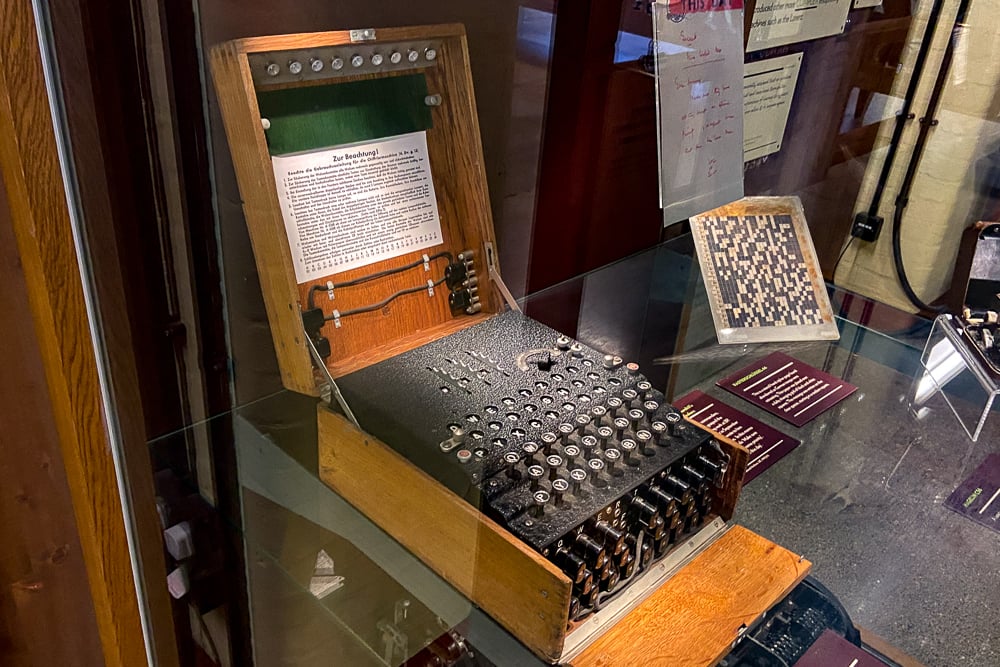
The machines would be set to the settings prearranged for that day. Messages entered would be encrypted, sent across the radio through Morse or radioteletype, and the receiving machine set to the same settings would be able to decode those messages.
Decoding that message was easy, once you knew how it was encrypted. Figuring out the encryption settings by hand took weeks, as the Enigma had 15 billion billion (that’s 15 followed by 18 zeros) possible combinations, while the Lorenz had 16 billion billion. It takes weeks to figure out the settings to decode a message, and the settings change every single day.
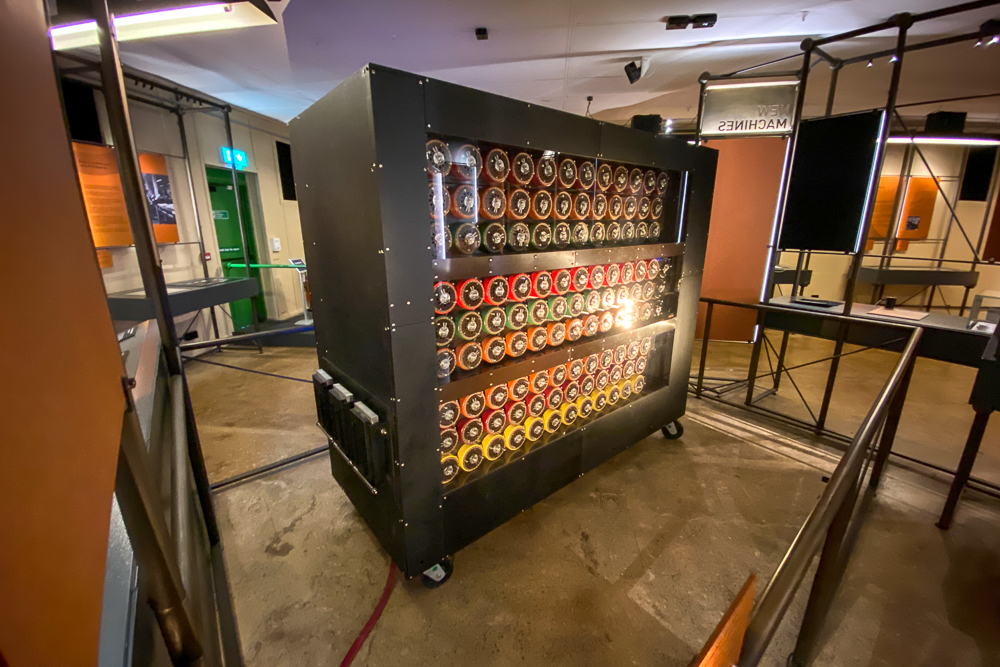
The monumental task of decoding the German messages was taken upon by groups in the Government Code and Cypher School (GC&CS), headquartered in an estate in Bletchley, Buckinghamshire. With mathematics and computer science visionaries like Alan Turing, Tommy Flowers, Max Newman, and Bill Tutte, the weeks needed to decode the Enigma and Lorenz ciphers by hand was whittled down to mere hours.
It took the birth of modern computing as we know it to create the Bombe and Colossus computers, where the settings were figured out for that particular day. That was then passed on to modified teletype printers and machines where the bulk of the decoding was done.
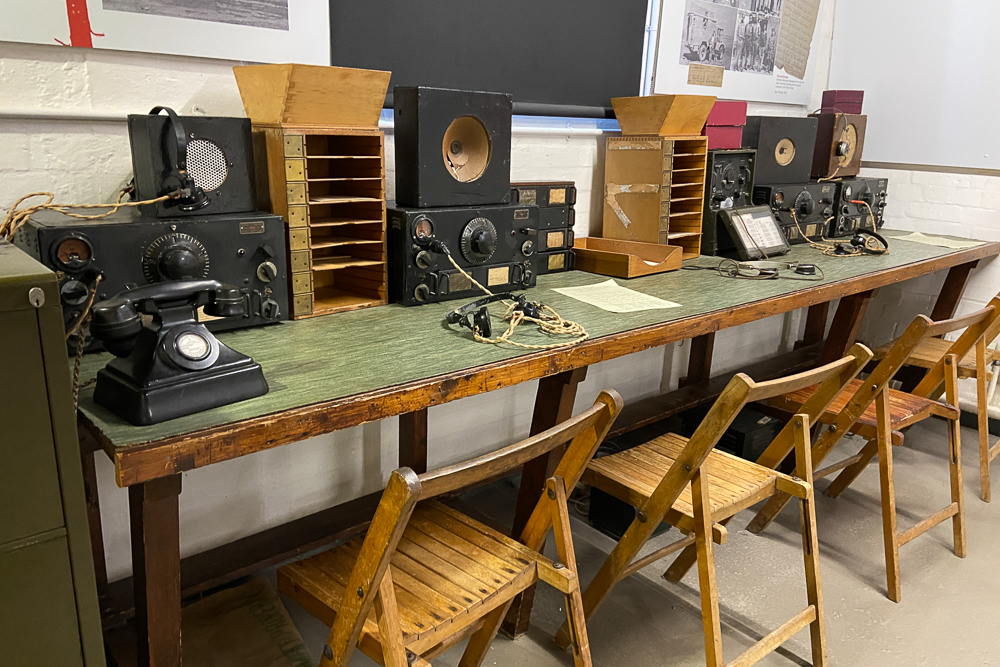
But what exactly did they decode? Scattered across the UK were a network of Y stations whose sole job was to listen in on enemy signals, and write them down as they were received. These were a combination of military bases, purpose-built stations, and amateur radio operators who already had the skills and the equipment on hand.
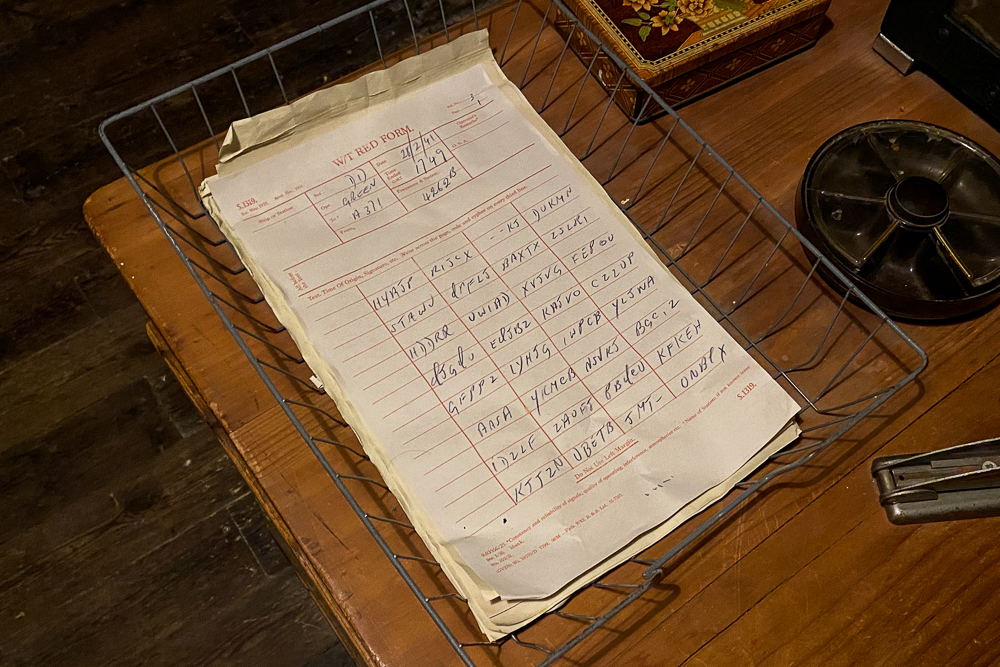
The forms where the signals were written on would either be sent by post to a special PO Box, or a group of dispatch riders would pick these up to be delivered at the soonest.
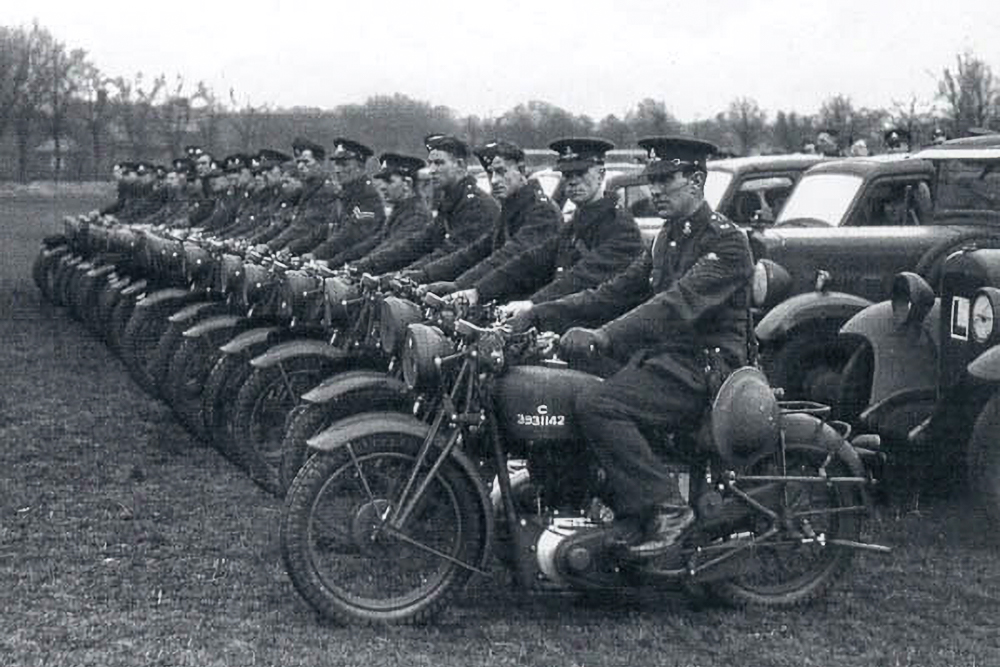
These dispatch riders (affectionately named Don R’s because of the DR acronym used) were essential to the function of Bletchley Park. The sooner the received enemy transmissions were brought to GC&CS, the sooner they’d be able to crack the code and decode the messages for the day. This led to the manufacture of thousands and thousands of motorcycles specifically for use by these riders, with over 126,000 496cc BSA WM20 and 100,000 500cc Norton WD16H motorcycles having been produced by the end of World War II.
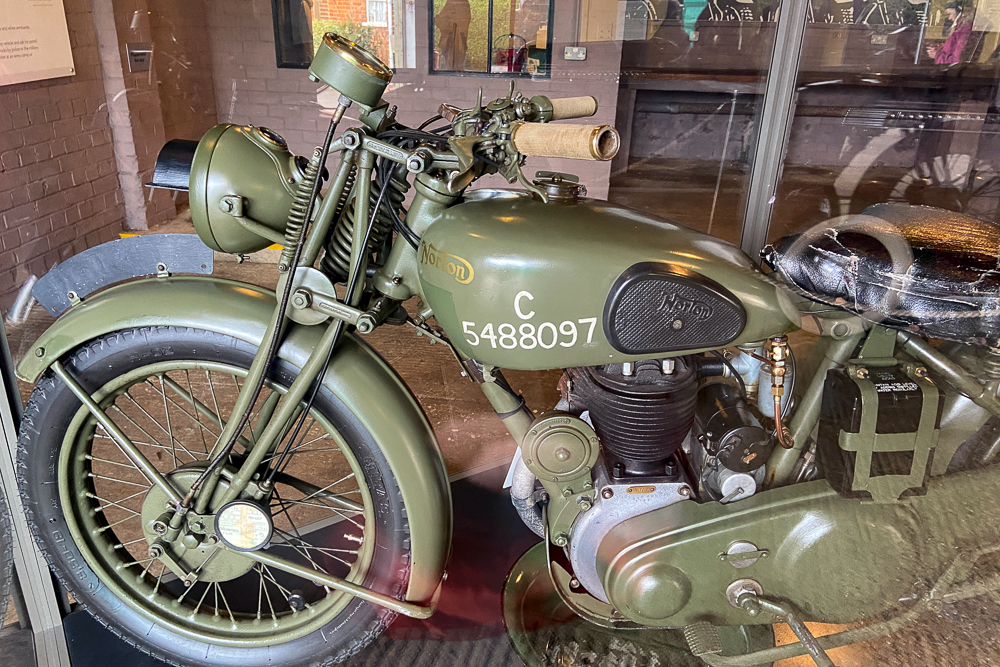
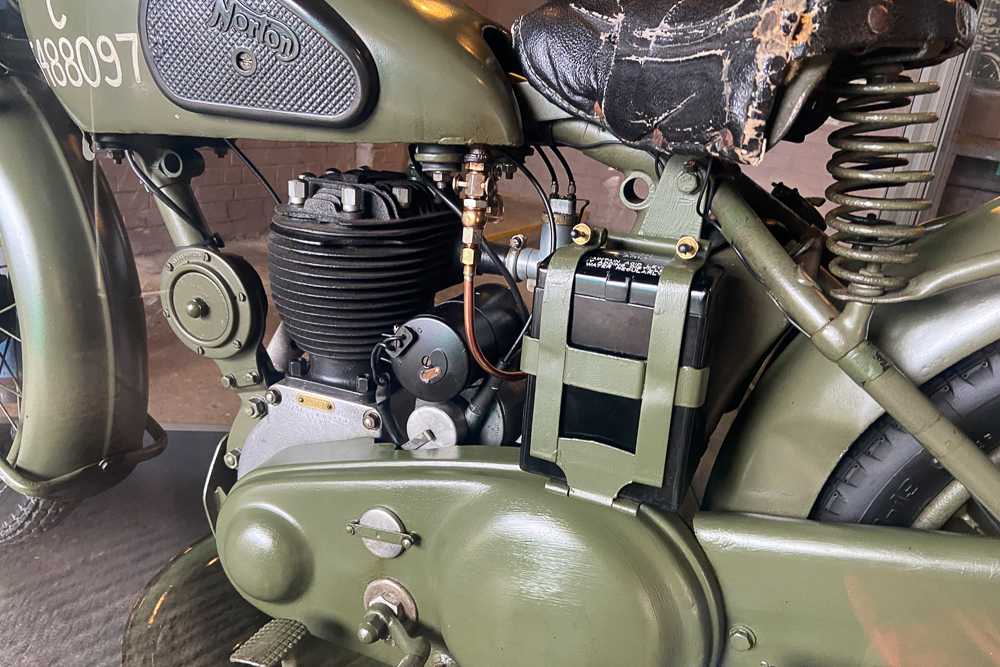
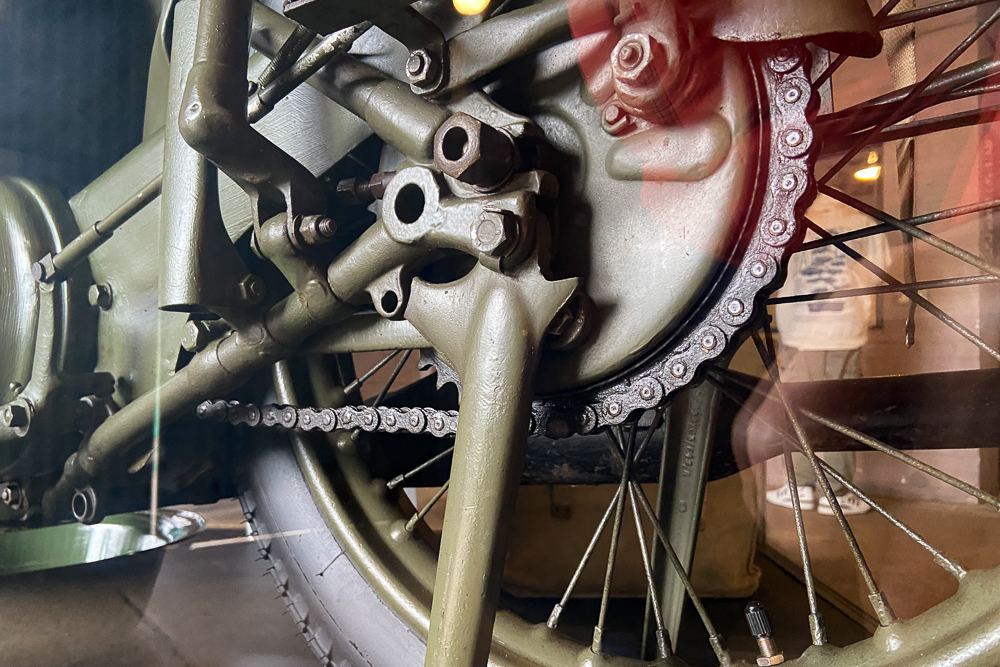
Transmitting information from the Y stations would be negligent, as the Germans were listening in just as much as the Allies were. Dispatch riders couldn’t be intercepted the same way radio broadcasts could be, and so the regiment was formed and the motorcycles were produced en masse.
The bikes were cheap to manufacture and easy to repair, had key features such as shuttered or switchable headlights and luggage racks, and were built to tolerate the various weather conditions that the men and the women riding them had to endure.
Yes, women. The operation at Bletchley was carried out largely with the help of the Women’s Royal Naval Service. Better known as the Wrens, they operated the machines, helped with decoding, and helped transport the information that would eventually cut the war short by two years and save an estimated 14 million lives in the process.
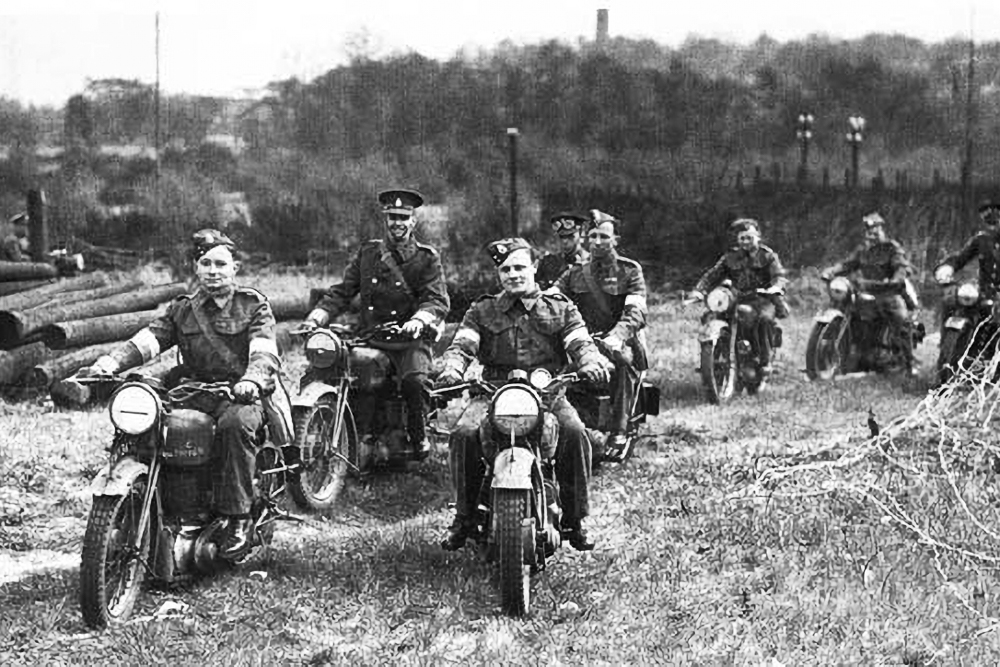
On that fateful day in June, in a town called Normandy, the allied offensive known as D-Day began the shift in the tide that would lead to the fall of the Nazi occupation of Europe.
Such an operation would not have happened if the Allies didn’t know that Adolf Hitler fell for their bait in Calais, and that information was only possible thanks to the work of visionaries, workers, volunteers, and those working as dispatch riders that brought Bletchley the data they needed.


0 Comments